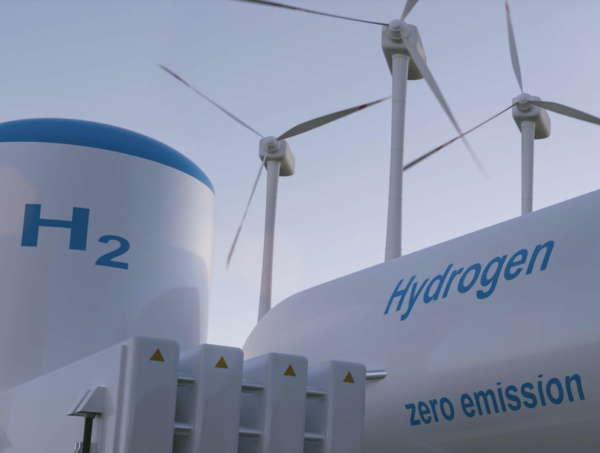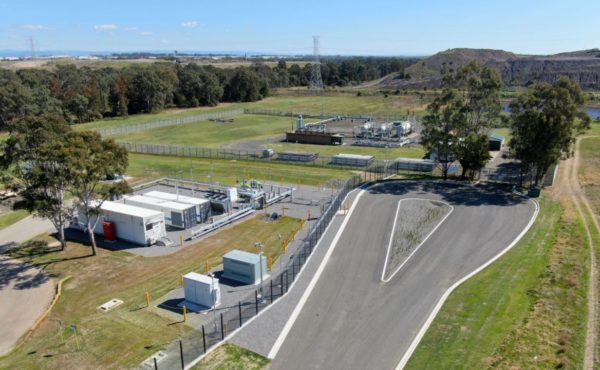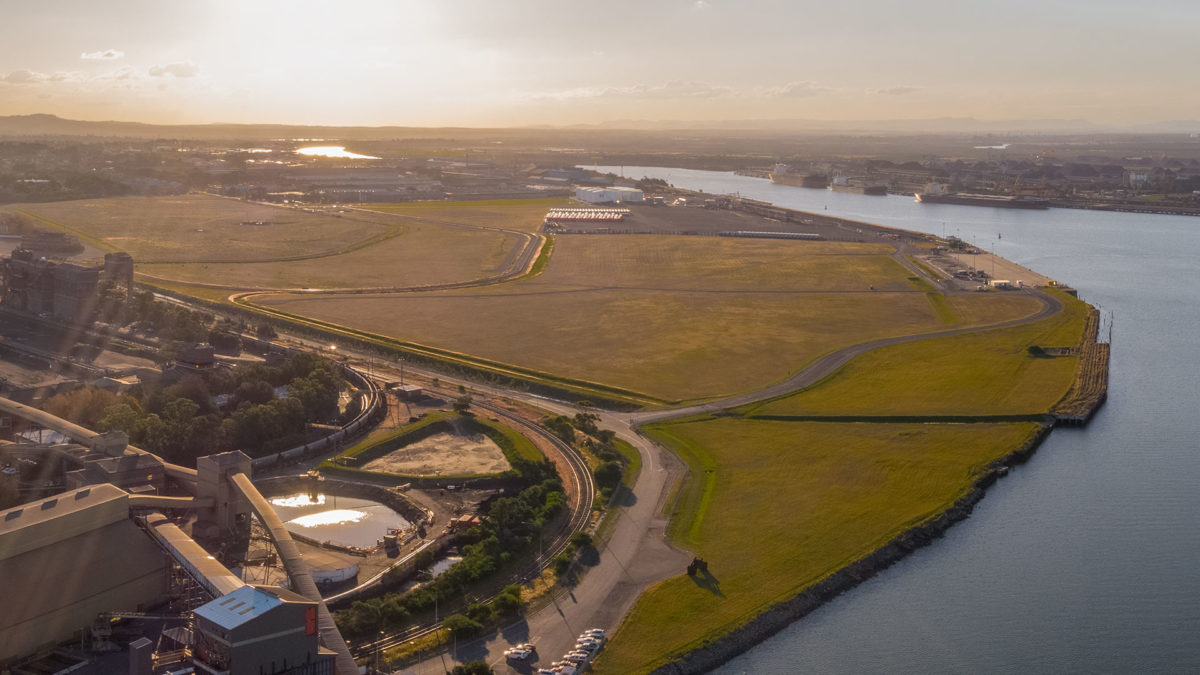The New South Wales (NSW) Parliament passed the Energy Legislation Amendment Bill on Friday, unlocking up to $3 billion of incentives to commercialise hydrogen supply chains and $70 million in government investment for the development of two new hydrogen hubs in the Illawarra and Hunter regions.
The state government’s Hydrogen Strategy, which establishes goals to cut the cost of renewable hydrogen production by $5.80 per kg over the next decade, will support industry development by waiving government charges on green hydrogen production, including providing a 90% exemption from network charges for producers who connect to parts of the network with spare capacity.
The policies set out in the strategy also aim to provide funding for infrastructure assessments for large-scale green hydrogen production and rolling out a hydrogen refuelling network across the state.
NSW Premier Dominic Perrottet said the state is set to establish itself as an energy and economic superpower with the hydrogen industry projected to attract more than $80 billion in private investment and open up new export markets.
“We are leading the nation when it comes to emerging technologies and seizing the opportunity to attract national and global investment in this future industry to grow our economy,” he said.
“Our hydrogen energy industry will allow us to develop new export markets with our core trading partners, including Japan, creating new jobs in the Hunter and Illawarra, while also helping to secure our energy needs into the future.”
The NSW government is aiming to be producing 110,000 tonnes of green hydrogen per annum from 700 MW of electrolyser capacity for under $2.80 per kg by 2030.

Image: NSW government
Perrottet said achieving these stretch targets will transform NSW into Australia’s largest consumer of green hydrogen, create up to 10,000 new jobs and position the state to become a hydrogen export superpower.
“Australia has an opportunity to be an energy superpower, NSW will lead the country with this hydrogen strategy,” he said.
“Our major trading partners see hydrogen as part of their energy future, this state has the skills, infrastructure and renewable energy resources to compete globally in this new industry.”
The Federal Government has estimated that the future Australian hydrogen industry will directly support more than 16,000 jobs by 2050, plus an additional 13,000 jobs from the construction of related renewable energy infrastructure. Australian hydrogen production for export and domestic use could also generate more than $50 billion in additional GDP by 2050.
Andrew Horvath, the global chairman of hydrogen technology company Star Scientific, last month described the NSW Hydrogen Srategy as clever in its approach to drawing long-term hydrogen investment into the state.
“What [the NSW government] is doing is allowing the structure for the investment to make sense, and that’s the thing,” he said. “They’re solving all the issues that are normally barriers to investment.”
The state government expects the strategy will not only facilitate the production of green hydrogen but will also drive decarbonisation in the hard-to-abate transport, industrial and energy sectors and help the state halve its emissions by 2030 and get to net zero by 2050.
Energy Minister Matt Kean said the strategy will also allow NSW to capitalise on the growing hydrogen export market, with green hydrogen set to become a leading fuel source in the Asia-Pacific by the end of the decade.

Image: Jemena
“Our hydrogen strategy is expected to increase the size of our economy by more than $600 million each year, while helping the state to halve emissions by 2030,” he said.
“Hydrogen will help to reduce our carbon emissions in sectors like heavy transport and industry, create jobs and open up new export markets for NSW.”
The Energy Legislation Amendment Bill also includes reforms to allow renewable energy projects to be developed in the state’s softwood pine plantation estates. Any forestry land used for renewable energy projects would need to be replaced on a two-for-one basis to ensure the harvestable forestry estate continues to expand.
“Renewable energy projects will help to create regional jobs, attract investment in the bush and diversify Forestry Corp’s revenue, at the same time as providing sustainable timber supplies for decades to come,” Kean said.
The passing of the legislation comes just days after energy infrastructure company Jemena confirmed it had begun injecting green hydrogen into the state’s gas network for the first time as part of its $15 million Western Sydney Green Hydrogen project.
Jemena said 23,500 residential customers and more than 100 commercial and industrial customers in NSW are now receiving green hydrogen as part of their gas mix following the start of production at the Western Sydney Green Hydrogen Hub.
This content is protected by copyright and may not be reused. If you want to cooperate with us and would like to reuse some of our content, please contact: editors@pv-magazine.com.









1 comment
By submitting this form you agree to pv magazine using your data for the purposes of publishing your comment.
Your personal data will only be disclosed or otherwise transmitted to third parties for the purposes of spam filtering or if this is necessary for technical maintenance of the website. Any other transfer to third parties will not take place unless this is justified on the basis of applicable data protection regulations or if pv magazine is legally obliged to do so.
You may revoke this consent at any time with effect for the future, in which case your personal data will be deleted immediately. Otherwise, your data will be deleted if pv magazine has processed your request or the purpose of data storage is fulfilled.
Further information on data privacy can be found in our Data Protection Policy.